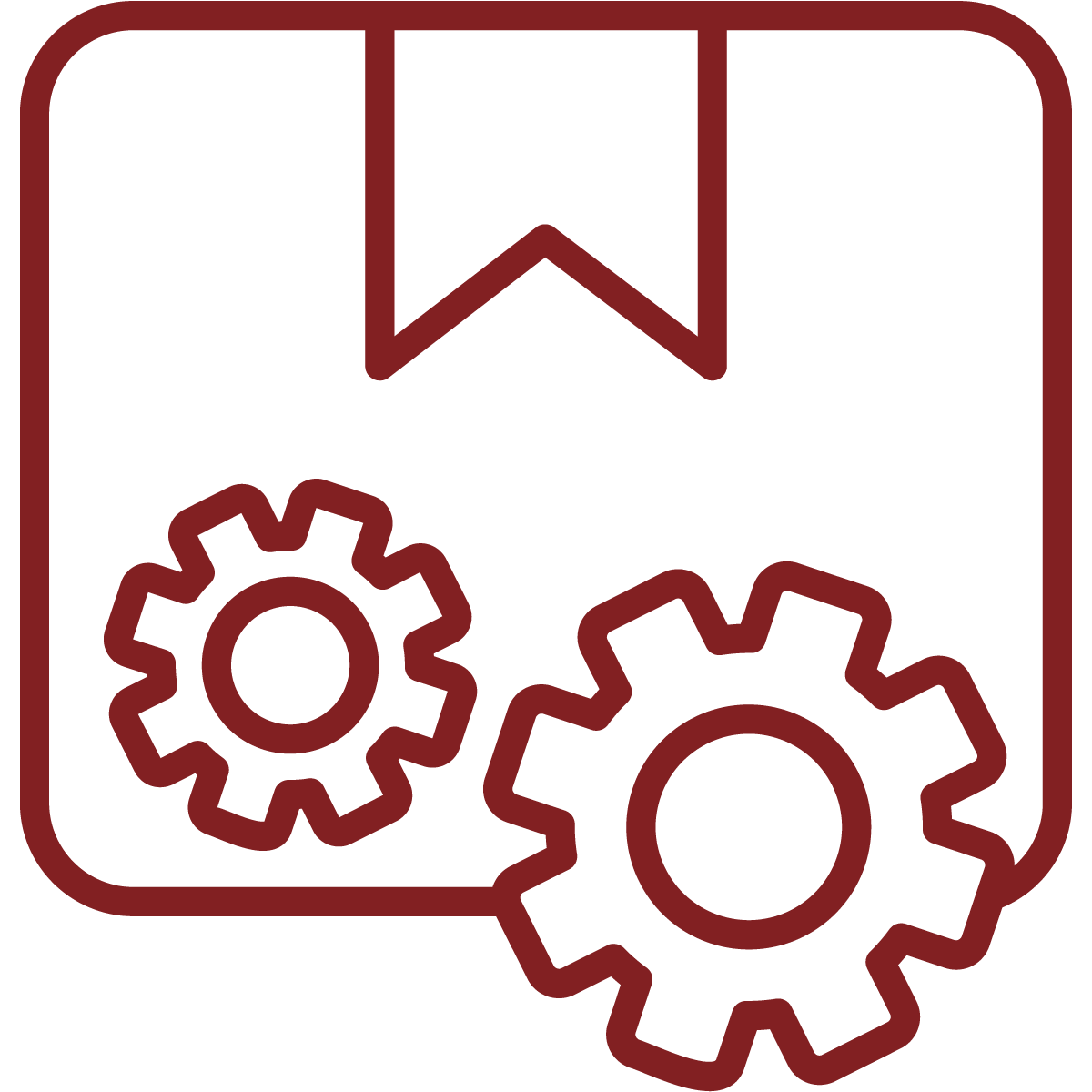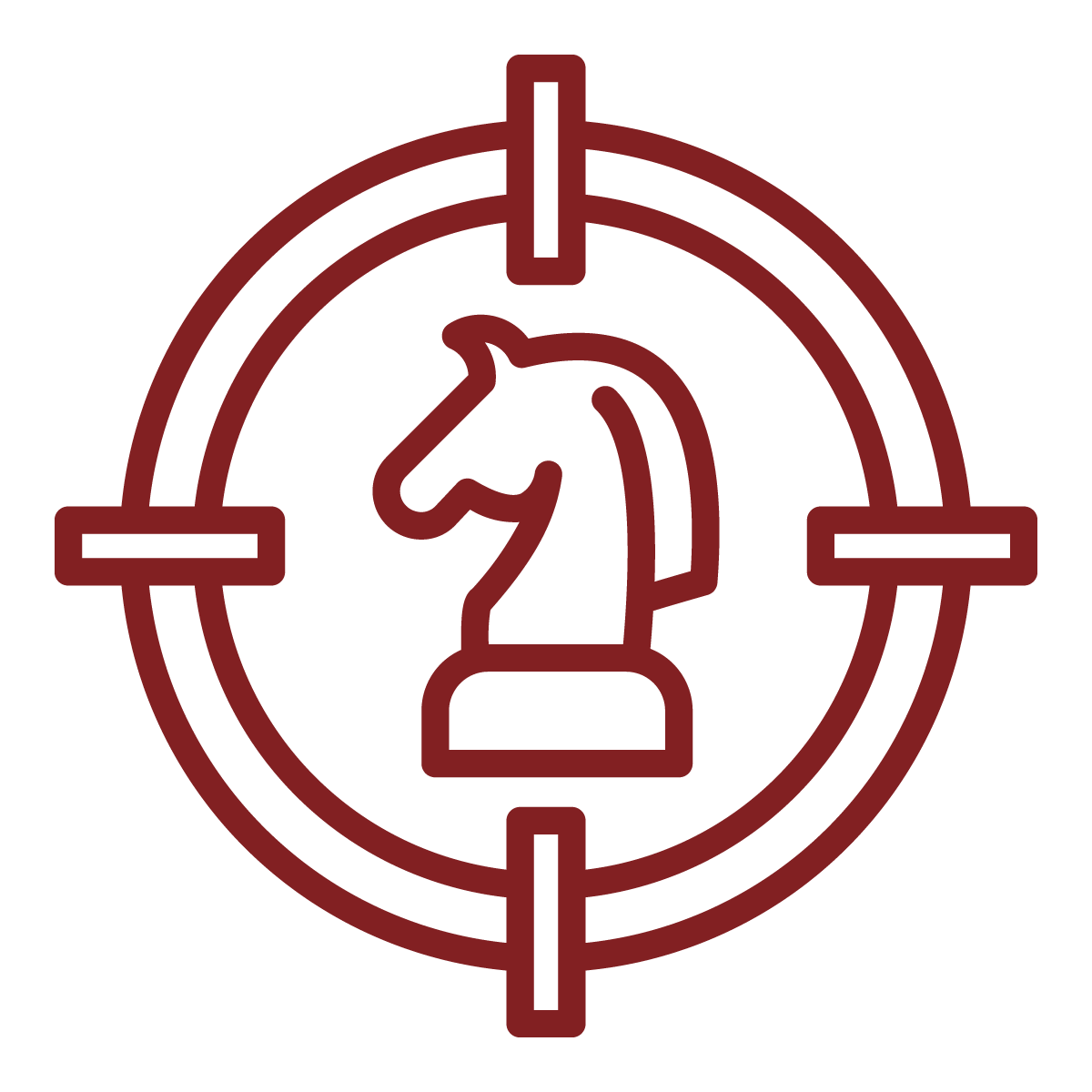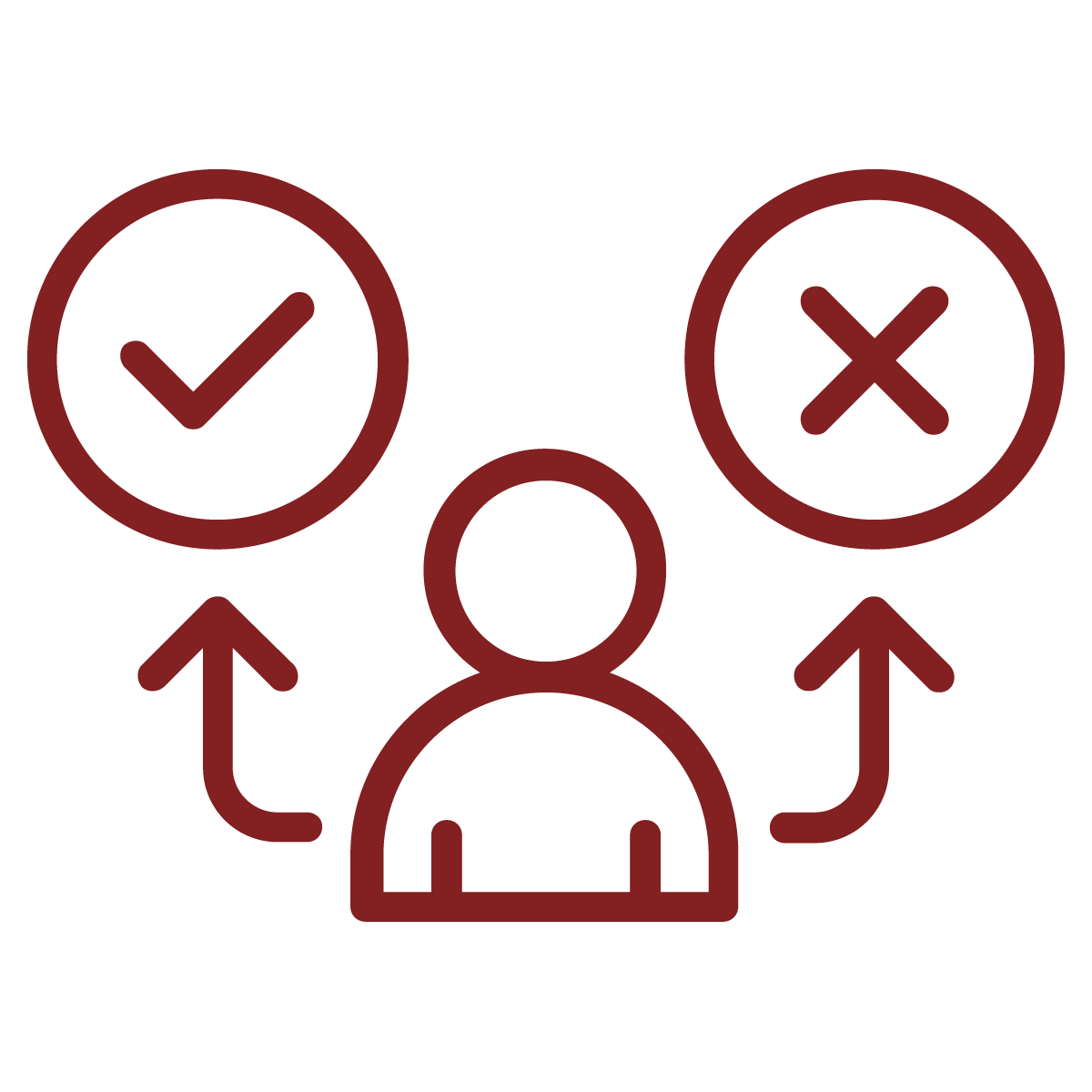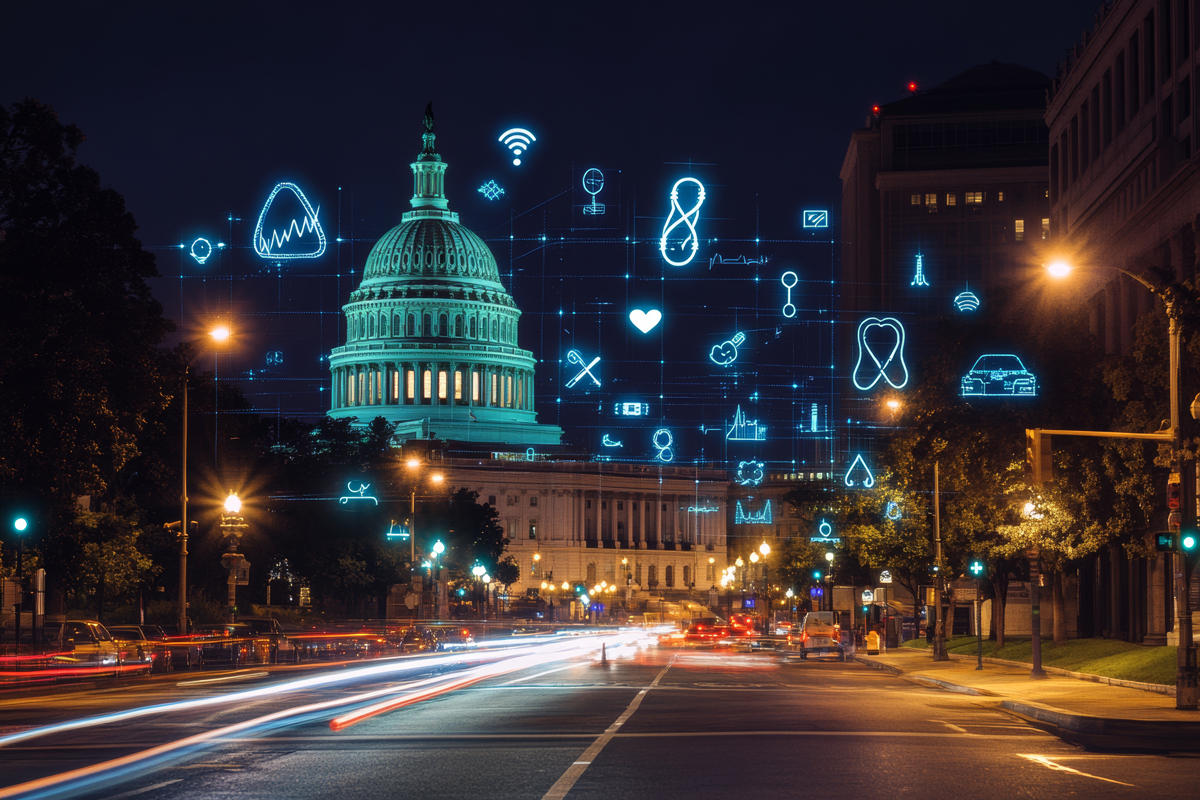
When it comes to the application of artificial intelligence within healthcare today, we appear to be moving out of the hype and disillusionment stages and firmly into a phase where health systems are starting to realize tangible benefits. Our recent market pulse data from March 2025 confirms this shift, showing significant implementation rates across various AI applications, with clinical notetaking adoption already at 42%, and several other applications showing implementation rates north of 20%. (n = 115 Health System Executives)

Given the continuing healthcare labor shortage, and industry-wide drive to tamp down costs, the increased utilization of generative AI could not come at a better time.
We recently partnered with Grounded Logic to reveal seven AI applications already making an impact in healthcare settings.

1) AI-Powered Clinical Notetaking
Ambient listening tools (also known as AI scribes) are revolutionizing the exam room, capturing physician-patient conversations in real-time and automatically generating structured medical notes. The downstream benefits from these solutions can be significant:
- Providers can once again focus their attention more fully on patients rather than staring into an EMR monitor as they frantically type their notes.
- AI scribes can also notably reduce physician burnout. In fact, Abridge, an AI-powered medical documentation platform, reports that clinicians using their platform spend 86% less effort writing notes, 60% less time on after-hours documentation, and experience a 55% reduction in burnout.
- These tools also help ensure timely closing of medical records and improve clinical documentation accuracy.

2) AI-Enhanced Patient Communication
AI is transforming patient interactions by drafting responses to inquiries with greater speed, accuracy, and surprisingly, empathy.
MyChart, a patient portal software solution, reported in 2024 that AI-assisted drafts saved 30 seconds per message. Multiply that against one million messages being AI-drafted by MyChart customers every month and spread it across 150 healthcare systems, and it is easy to understand the time savings that these tools provide.
But efficiency and time savings aren’t the only benefit. What’s remarkable is that studies found that chatbot-generated responses were actually preferred over physician responses and rated significantly higher for both quality and empathy.

3) AI-Powered Medical Coding
The medical coding field is facing a talent crisis, as workforce departures exceed new entrants. Fortunately, AI coding solutions are stepping into the void: summarizing clinical data, analyzing it, and then assigning appropriate codes.
Some AI coding providers focus on fully autonomous coding that can address less complex medical areas, while others combine AI with human oversight to deal with more complex use cases.
These solutions generate traceable audits that support insurance denial appeals, providing additional financial benefits.

4) Clinical Documentation Improvement (CDI)
Clinicians are trained to provide good clinical care and then document diagnoses and care provided. However, clinicians are not trained to document using the exact verbiage required by insurance companies, which often results in lost reimbursement for health systems. Clinical Documentation Improvement programs have been implemented where CDI specialists and coders review clinician documentation and look for opportunities for missing terminology. This process is extremely time consuming and requires highly trained resources.
AI is helping bridge the gap and reduce the friction by automatically:
- Scanning documentation in real-time to identify missing elements
- Standardizing terminology
- Flagging potential under-documentation that could impact reimbursement
The technology significantly reduces the time-consuming back-and-forth between physicians and CDI specialists, allowing both to focus on higher value activities. For health systems, this results in more accurate and complete documentation, reduced administrative costs, and improved coding accuracy.

5) Denial Prediction
AI can now predict which claims are likely to be denied before they are even submitted—based on historical data patterns— and flag those with the highest likelihood of being overturned. This technology addresses several hot button revenue cycle challenges:
- For health systems operating on razor-thin margins, AI helps prioritize claims that need additional attention before submission.
- Revenue cycle teams can focus their limited resources on high-value claims with the greatest chance of successful reimbursement.
- Companies like Waystar and Anomaly are transforming what was previously a reactive process into a proactive strategy, reducing the estimated $20 billion spent annually managing denied claims.
- For health systems struggling with both staffing shortages and financial pressures, these tools allow them to maximize revenue capture while minimizing administrative overhead.

6) Appeals Management
AI is revolutionizing the appeals process by accelerating the pace of clinical documentation review and generating data-supported appeal letters. Whereas predictive denials are proactive, appeals management is reactive, but they are both different sides of the same coin.
Considering that more than half of denied claims are eventually overturned, leveraging AI in this way can contribute to significant recoverable revenue.
- For health systems, AI is transforming what was traditionally a labor-intensive process that required 2-3 hours of a utilization management nurse’s time and paring it down to a 15-20 minute task. A huge time savings.
- Companies specializing in this space help providers create compelling clinical justifications by intelligently sifting through medical records and identifying key evidence. In doing so, this technology enables health systems to pursue more appeals than were previously possible with limited nursing resources.
An unintended consequence of all this is that AI tools are increasingly fighting other AI tools, such as when providers deploy these appeals management solutions to counter increasingly sophisticated denial algorithms used by payers.

7) Customer Service
While healthcare hasn’t fully embraced AI chatbots for patient service, examples in other industries show the enormous opportunity.
Fintech company Klarna implemented an AI customer service chatbot that reduced resolution time from 11 minutes to under 2 minutes. Perhaps not surprisingly, that led to a 25% drop in repeat inquiries, did the equivalent work of 700 full-time agents, and helped improve profits by an estimated $40 million. What’s more, the AI chatbots matched their human counterparts in customer satisfaction scores.
The Future Is Now: AI’s Growing Impact on Healthcare
These seven examples demonstrate how AI in healthcare has moved from theory to practical implementation, with promising potential to alleviate administrative burdens, buoy financial performance, and improve quality of care.
For healthcare leaders, the message is clear: AI has moved beyond the hype cycle to deliver measurable results, and early adopters will be better positioned to navigate healthcare’s evolving challenges.





